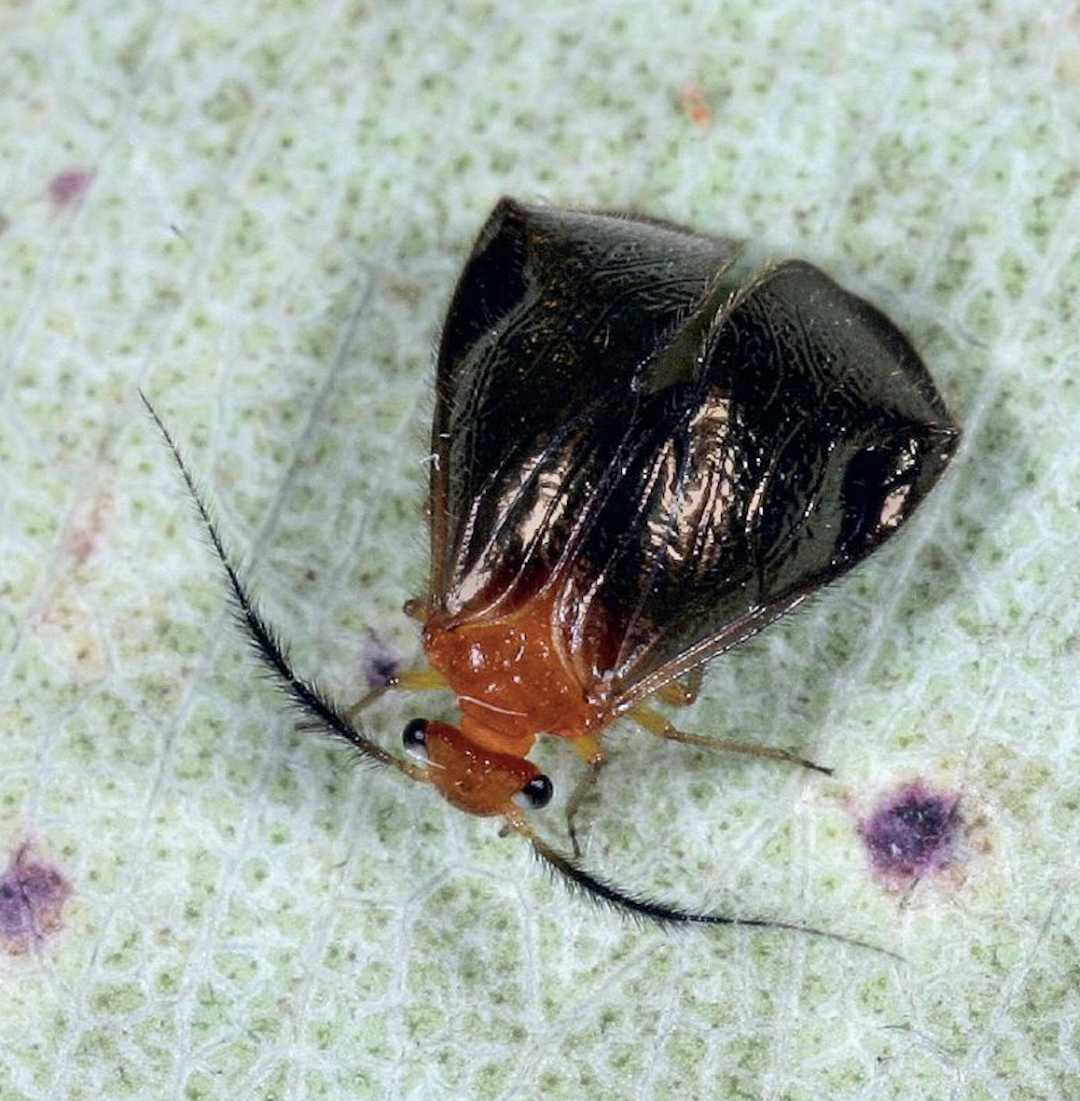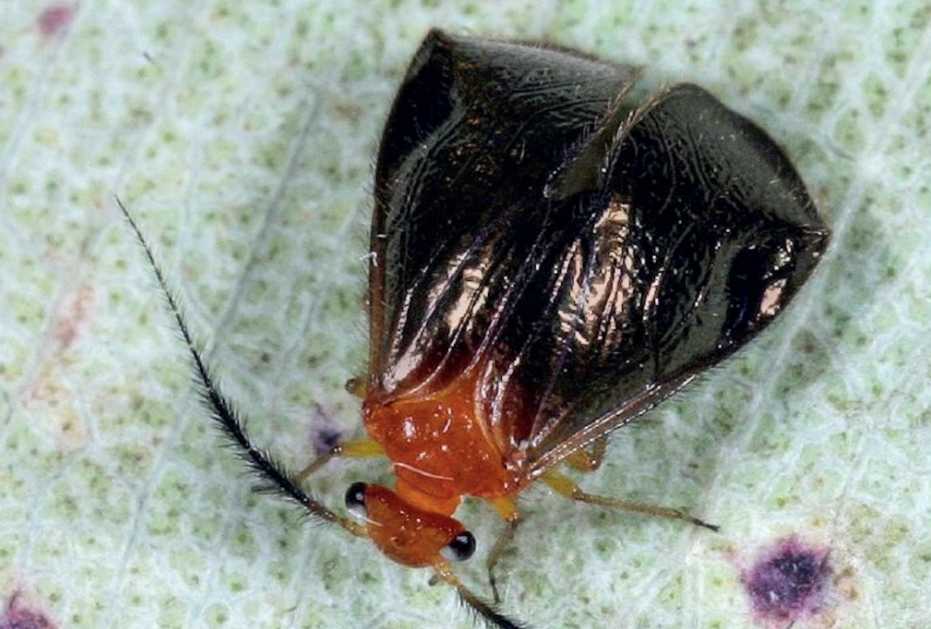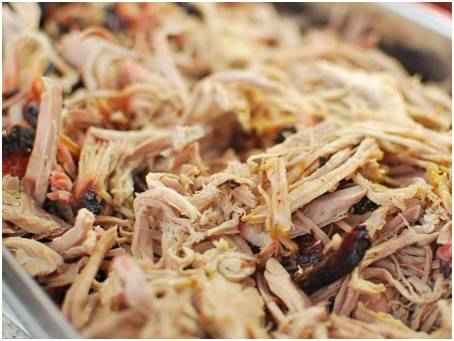Calopsocus sp.: Australia's Stunning Lichen Fly Redefines Psocid Expectations
Hailing from Australia’s eucalyptus forests, Calopsocus sp. shatters stereotypes about psocids (barklice) with its remarkable morphology. Unlike most psocids, whose wings end in sharp points, this species features wingtips that curve gently downward, creating a sleek, elegant outline. The smooth, downward bend—often paired with vibrant coloration or intricate patterns—sets it apart in the world of tiny, often-overlooked insects.

Source: Images from the Internet, if there is any infringement, please contact the removal of
This unique wing structure isn’t just for show; it likely aids the insect in navigating the dense eucalypt canopies where it thrives. The rounded, curved wings allow for agile flight among gum tree branches, avoiding the snags that sharp tips might cause. Calopsocus sp. feeds primarily on fungi growing on eucalyptus bark, using specialized mouthparts to scrape up mycelium and spores. This dietary preference ties it closely to Australia’s iconic eucalyptus ecosystems, where it plays a role in fungal decomposition.
While many psocids are drab and unassuming, Calopsocus sp. demonstrates nature’s ability to evolve diverse forms within even the most overlooked taxonomic groups. Its presence in eucalypt forests highlights the importance of these habitats in supporting unique biodiversity—from towering trees to tiny insects with reimagined wing structures. For entomologists studying Australia’s insect life, this lichen fly is a reminder that beauty and innovation can emerge in the most unexpected corners of the natural world.
-------- END --------






